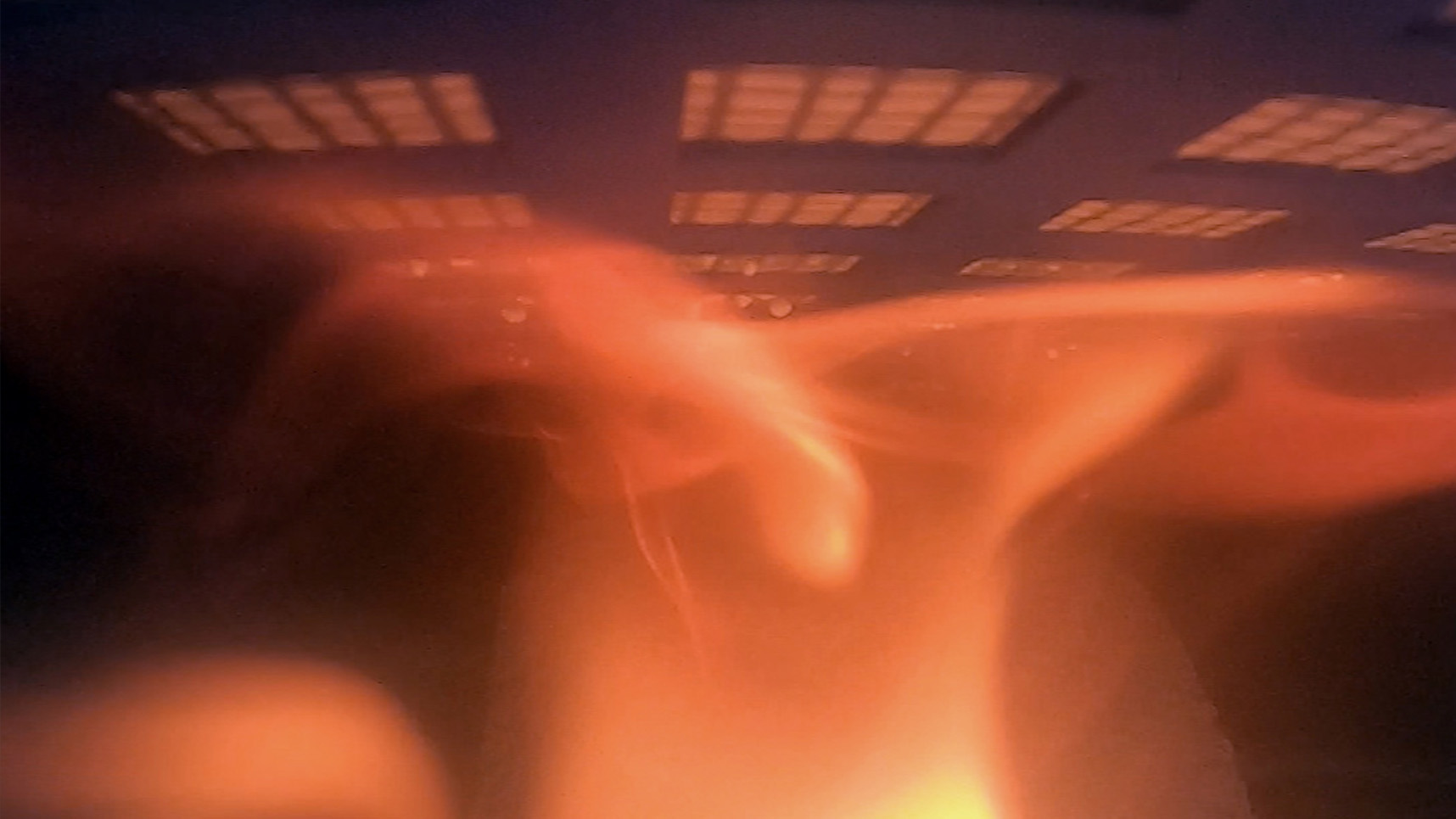We are often asked, “What makes a CellBlock battery case or cabinet different from, say, a flammable liquids cabinet?”
Battery safety is an emerging field, and it calls for new language and new standards in order to evolve a common understanding of the subject.
One of the standards that CellBlock is helping to propagate is ECR: Energy Containment Rating.
Understanding ECR
When discussing the ability of a product or system to contain a battery fire, it's not enough to just talk about controlling flames. We need to take other factors into account, such as energy density and gas filtering. If we don't properly address these other characteristics that are inherent with lithium-ion battery fires, it can result in catastrophe. That's why CellBlock developed Energy Containment Rating (ECR), a term that indicates the ability of a product to address a battery fire load. This carefully established rating helps inform end users of the performance specifications of a fire mitigation product, and it's rapidly becoming a standard throughout the safety community.
How to Determine ECR
The first step to determining the suitability of a containment product for your application is to first examine stored energy. We can calculate the stored energy of a battery using a well-known formula: Voltage x Amp Hours* = Watt-Hours (or V x Ah = Wh), where Watt-Hours is an expression of stored energy. This is, of course, useful in understanding the behavior of batteries in thermal runaway, because it gives us an idea of just how much energy a battery contains.
Like stored energy, ECR is expressed in Wh or kWh. This rating is determined on three performance properties:
- The ratio of CellBlockEX to Wh, where consideration is the amount of CellBlockEX that can be overpacked by volume in the container, or dispensed from a suppression system. (Examples of a suppression system are the overhead deployment from cabinet shelves or case lids.)
- The nature and thermal properties of the materials and construction of the container, i.e. steel, aluminum, air spaces, high-temperature composites, patented fire containment panels (FCP), and the thickness or gauge of these materials.
- The ability of the containment system to sufficiently release evolved gases and pressure from the battery through engineered filters and/or vents, and to withstand high PSI moments (explosions/deflagration).
Note that ECR is not “equal parts” measurement of these three properties. Based on the energy storage requirements, these factors can be modified or increased as needed. In other words, if you vent more pressure, less CellBlockEX may be needed. By the same token, if you increase the CellBlockEX, a less robust containment material could be used.
How We Use ECR
All CellBlock containment products have a clearly defined ECR and, in the case of racks and cabinets, there are further recommendations on a per-shelf basis. We will make no compromises when it comes to safety. Having a clear understanding of the amount of energy being stored, and applying ECR logic to it, equips the end-user with the ability to confidently choose the right product for their application. Curious to know more about ECR and how CellBlock's products are engineered for optimal fire containment in any given situation? Contact us.
*Amp Hours: How much amperage a battery can provide for one hour

